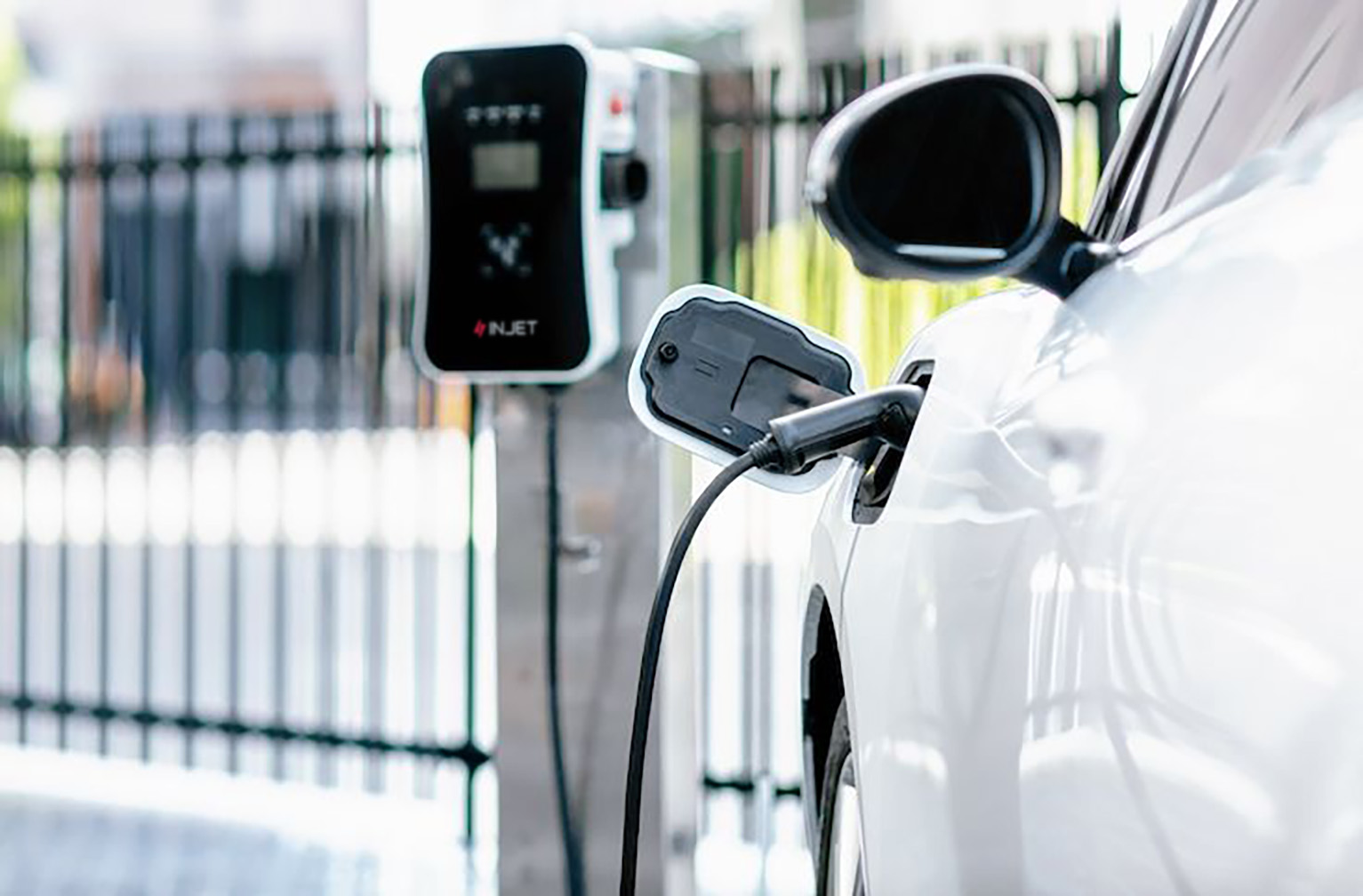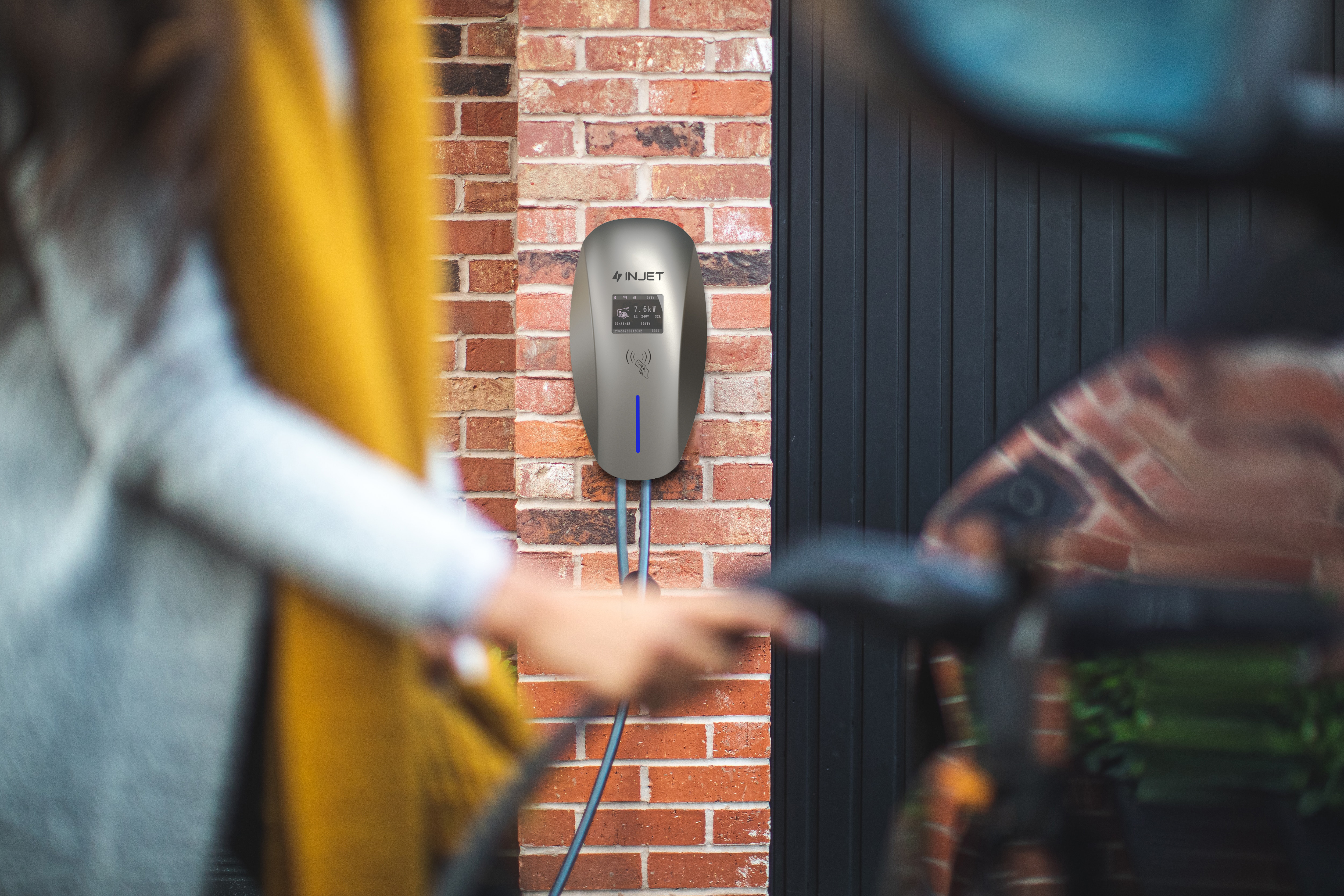In a world where sustainability is the driving force behind change, electric vehicles (EVs) are emerging as the vanguards of carbon emissions reduction and climate change mitigation. The United Kingdom, steadfast in its commitment to a greener tomorrow, has been witnessing an exponential surge in the adoption of EVs. With each passing year, the number of electric vehicles gracing the British roads is on a steady incline. This trend is being buttressed by a concerted effort to bolster the nation’s charging infrastructure, particularly focusing on the crucial aspect of on-street charging solutions.
The Electric Evolution in the UK
The electric vehicle revolution has been quietly but consistently gathering momentum in the United Kingdom. Several factors have coalesced to bring about this seismic shift. Government incentives, groundbreaking advancements in battery technology, and a heightened awareness of environmental concerns have all fueled the growth of EVs in the country. What’s more, major automakers are expanding their electric vehicle portfolios, offering consumers a broader spectrum of choices within the EV domain.
However, despite this burgeoning interest in electric vehicles, one overarching concern persists among potential EV owners: the availability and accessibility of charging infrastructure. While many EV enthusiasts have the luxury of charging their vehicles at home, a significant portion of the population, particularly those dwelling in urban areas devoid of off-street parking facilities, find themselves in need of on-street charging solutions.
A recent survey conducted by BP Pulse shed light on this pressing issue, revealing that a staggering 54% of fleet managers and 61% of fleet drivers identified inadequate public charging as their primary concern.
The consensus among experts is that a robust future charging infrastructure will comprise a dynamic blend of rapid charging stations at locations such as existing petrol stations, motorway services, or dedicated charging hubs, alongside destination charging options at supermarkets and shopping centers, and critically, on-street kerbside charging.
(Injet Swift Series AC Level 2 EV charger)
On-Street Charging: The Vital Nexus in the EV Ecosystem
On-street charging isn’t merely a peripheral element; it’s an indispensable component of the electric vehicle ecosystem. It offers a lifeline to urban EV owners, ensuring that charging remains a hassle-free endeavor, even for those without the luxury of private garages or driveways. Let’s delve deeper into the pivotal aspects of on-street charging in the UK:
- Local Government Initiatives: Numerous local authorities across the UK have recognized the paramount importance of on-street charging. Consequently, they have taken proactive measures to deploy charging infrastructure in residential areas. This includes the installation of charging points on lamp posts, curbsides, and in dedicated charging bays.
- Accessibility and Convenience: On-street charging democratizes EV ownership, making it accessible to a wider cross-section of the population. Urban dwellers can now rest assured that convenient charging is right on their doorstep.
- Easing Range Anxiety: The specter of range anxiety, the fear of running out of battery power before reaching a charging point, haunts many EV drivers. On-street charging offers solace by ensuring that charging infrastructure is never too far away.
- Sustainable Energy Sources: A commendable feature of on-street charging solutions in the UK is their reliance on renewable energy sources. This not only reduces the carbon footprint of EVs but also aligns perfectly with the nation’s commitment to a more sustainable future.
- Smart Charging Features: The advent of smart charging technology adds another layer of efficiency to the charging experience. Users can monitor their charging sessions, schedule charging during off-peak hours, and even make payments through user-friendly mobile apps.
(The cube Series AC EV floor charger)
The Upward Trajectory of Public Charging Points
The numbers speak for themselves. According to ZapMap, the UK boasts over 24,000 public charging points, with approximately 700 new additions each month. However, the government recognizes that this is still not enough to meet the burgeoning demand for EV charging infrastructure.
To bridge the gap, the government has announced substantial funding initiatives. Among them, the £950 million rapid charging fund looms large, dwarfing the allocated figures for enhancing on-street charging. Nevertheless, many industry insiders firmly believe that on-street charging has an even more significant role to play in the UK’s electric vehicle ecosystem.
Government-backed funding schemes targeting kerbside charging include the £20 million on-street residential charge point scheme (ORCS), which aids local authorities in installing EV infrastructure on streets and in public car parks. Additionally, a fresh injection of £90 million has been earmarked for the local EV infrastructure fund, aimed at supporting the expansion of larger on-street charging schemes and the establishment of rapid charging hubs throughout England.
In the grand scheme of things, on-street charging is more than just a means to an end; it’s the heartbeat of a cleaner, greener, and more sustainable future for the United Kingdom. As the nation continues its stride towards environmental responsibility, the ubiquity of on-street charging points is poised to be a key enabler in the transition to an electric automotive landscape.



